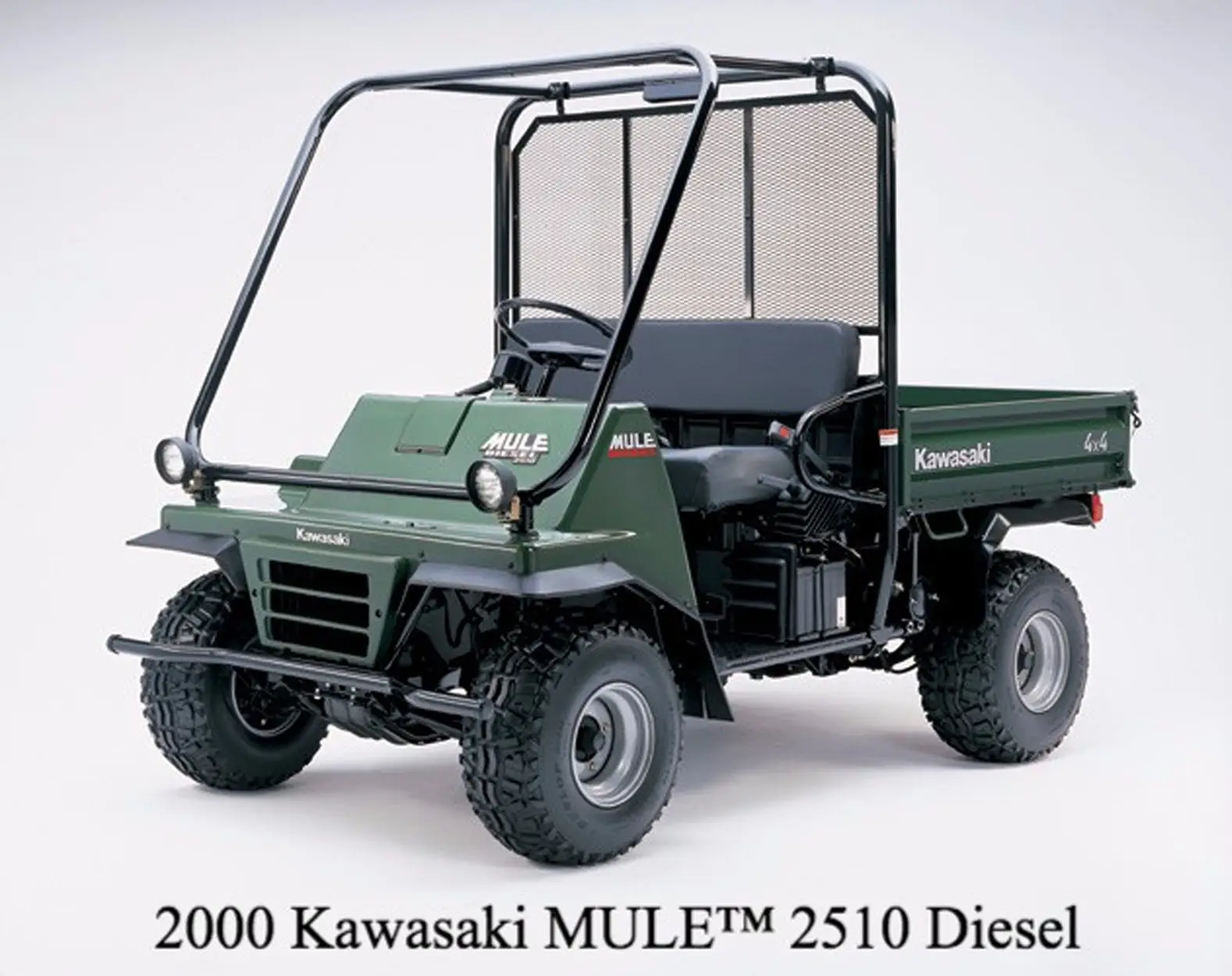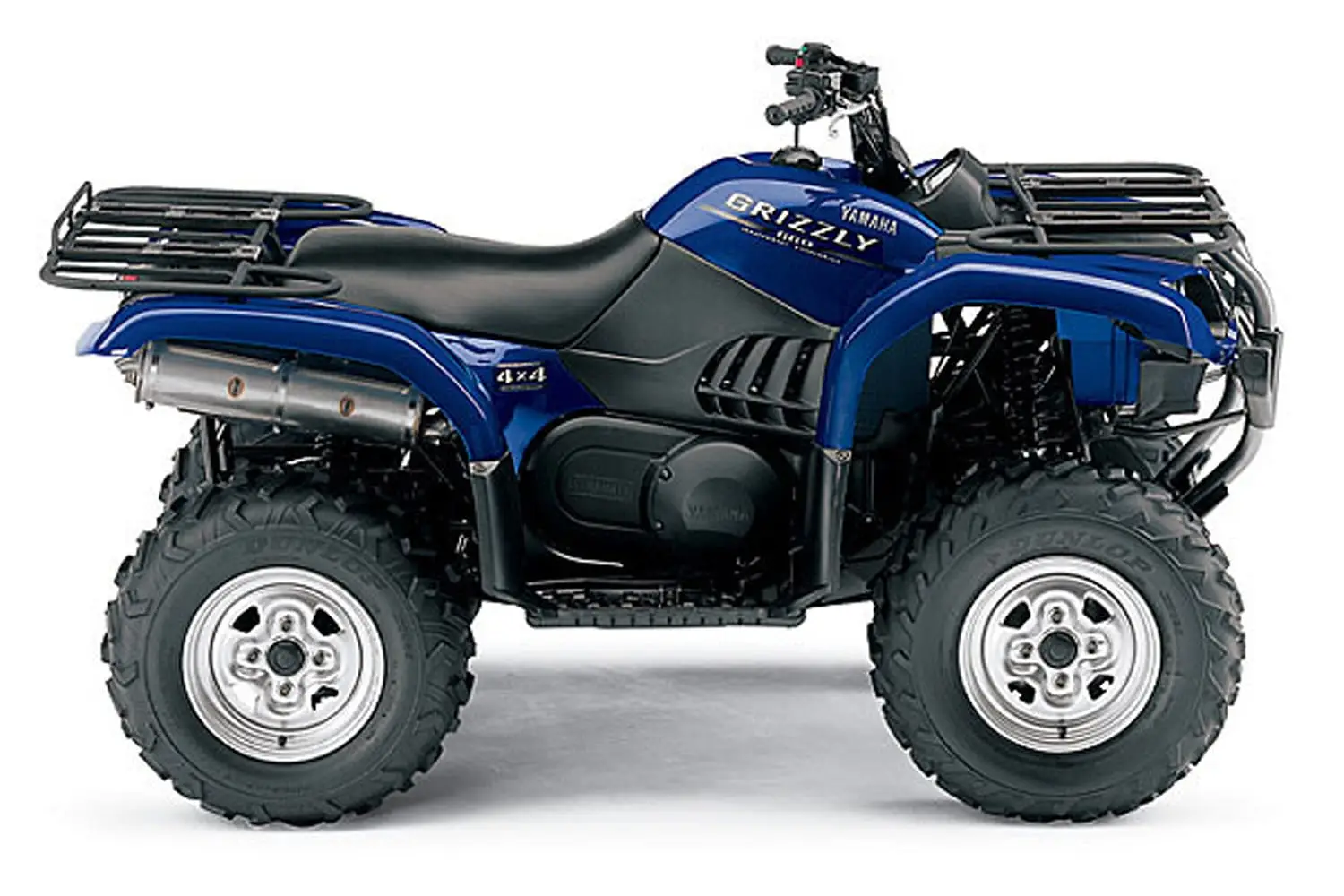Table of contents
ToggleIt’s trendy to talk about influencers, so let’s discuss what influenced today’s side-by-sides. Side-by-sides have been on the market for several years now. They’re part of the scenery and enjoy great demand in the market. Their popularity has greatly increased in the last decade. But where does the enthusiasm for this type of vehicle come from? Let’s take a little journey back in time.
A Bit of History
In 2004, a Japanese manufacturer introduced a new type of recreational vehicle to the market. Essentially, they started from the world of ATVs and brought a different vision to it. Drawing from what was available in the market, they managed to create a perfect fusion between the traditional ATV and utility work vehicles such as Kawasaki’s Mule or Polaris’ Ranger. The idea was to “combine the useful with the enjoyable.” Thus, the Yamaha Rhino was born.


The Rhino: Yamaha’s First Side-by-Side
The Rhino was a bold utility vehicle at the time. It featured the mechanical base of the Grizzly 660, mounted on a side-by-side two-seat chassis with a tilting cargo bed.
It had the same basic attributes as an ATV. Specifically, it was equipped with a Yamaha 660cc engine, a CVT transmission with Low-High and reverse, four-wheel drive, and independent suspension on all four wheels.
Yamaha also added a sturdy frame, two side-by-side seats, a steering wheel, a roll cage, and a tilting cargo bed. In doing so, they made a strong impact and unknowingly initiated a movement that would herald the advent of the era of all-terrain sport utility vehicles.
Soon, other manufacturers joined the parade.


A Step Up in Sportiness
Of course, as in all markets, there is inevitably evolution. Seeing the increased demand, along with a strong recreational trend emerging, the giant Polaris took the leap in 2007 by introducing the Razor RZR 800.
Wow! Here, they were presenting us with a sporty side-by-side, right?! Although the reliability of the first version sometimes left something to be desired, its design and performance more than made up for it, quickly becoming one of the top sellers at Polaris.

Equipped with an 800cc twin-cylinder engine, a more compact chassis, and a high-travel suspension, Polaris raised the bar with a more sporty and faster side-by-side.
Demand then exploded, paving the way for a wider range of choices for the consumer:
- Kawasaki introduced the Teryx;

- Can-Am launched the Commander;

- Arctic Cat offered the Wildcat; and

- CF Moto presented the Snyper.

A Growing Passion
Since their introduction to the market, side-by-sides have soared in popularity, and their usage has begun to democratize. Dealership stocks have expanded, and step by step, we’ve seen the integration of side-by-sides into races and the acceptance of certain models on trails.
Over time, side-by-sides have become refined in terms of performance and comfort. As of today, the majority of recreational vehicle manufacturers offer a wide range of models, each as stunning as the next. The choices are varied, with all kinds of chassis and powertrains that will appeal to thrill-seekers, workers, and trail enthusiasts alike.
But we must never forget where this passion originated and who played the role of the influencer… thank you, Yamaha!









